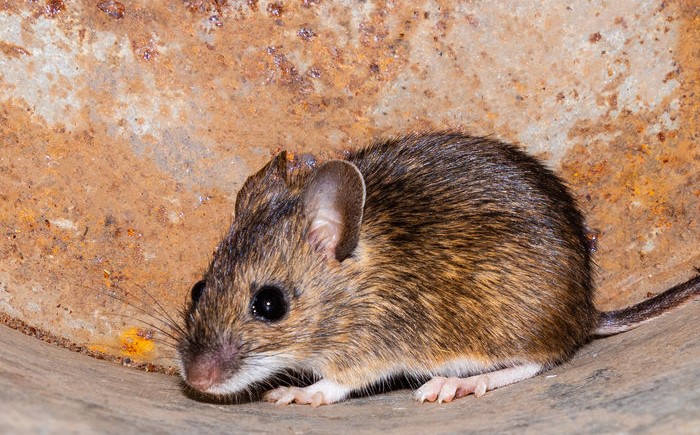Identifying And Controlling House Mice
The house mouse is the most common rodent pest in the US. Hailing from Central Asia, this little animal has managed to spread all over the world, and while it may seem harmless, it actually poses grave property and health threats. Mice also breed rapidly, and they are a species that is highly adaptable, with one female mouse being able to give birth to as many as six babies every third week, with as many as 60 mice each year.
What does a house mouse look like?

House mice are about 7.5 to 8 inches long with the tail included, and they commonly have a dusty gray coat and a cream-colored underbelly. Other color variations include a spectrum from light brown to dark gray. They also have pointed muzzles, and large, slightly hairy ears.
Signs of a house mouse infestation
When mice have entered a home, they will nest close to food and heat sources. They also prefer dark, secluded travel routes, and they are nocturnal. As such, signs of infestation might not be apparent right away, but these signs will usually include droppings, gnaw marks on food packaging and other household objects, tracks, rub marks (mice have oily fur), and pathways on the floor. You might also start to notice a strange smell when an infestation becomes large enough. This is due to mouse urine.
Controlling a house mouse population
Mouse population control should start with pest proofing the home. If you simply clear out an infestation, but you do not remove its causes, you will probably be infested again. To start, you want to check your home for any gaps, cracks, or holes in the exterior, especially around pipes, and then fill those entry points using caulk or steel wool. You also want to make sure that you eliminate any food and water sources that may be in your home. Keep all food, including pet food, in sealed containers, and make sure to fix any leaky pipes there may be in your home.
When it comes to extermination, you have a few options at your disposal. First, you can try to do it yourself or work with a professional, and if you choose the former option, you can use traps or poison. There are numerous traps on the market as well, with some being more humane than others. You can go with a snap trap, a live trap, a glue trap and many others. The choice is ultimately up to you. Are you looking for something inexpensive, simple and reusable? The snap trap is the right choice. Do you want to take care of the infestation humanely? The live trap is for you. Poisons are a bit more complicated, because it takes up to a week for a poisoned mouse to die, and it may die in the walls or in hard to reach places.
Dealing with an extra stubborn infestation
When an infestation gets too big, you will not be able to get rid of it through DIY methods. It is at this point that you need to call in a pest control specialist. If you are dealing with a stubborn infestation, contact us today for a free inspection.











